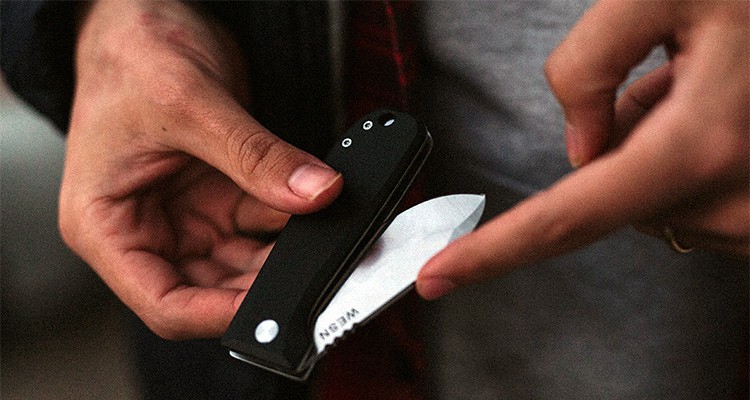


A pocket knife can add a lot of functionality to your everyday life. But if you don’t take care of it, it won’t last long and you’ll find yourself looking for a new one. Part of caring for your new knife is knowing how to operate it, including how to properly close the knife when you’re finished with it.
So how do you close a pocket knife? The answer will depend on the type of knife you carry, but generally, there is usually a part of the knife holding it open. To safely move the blade into the closed position it’s a good idea to learn how your knife operates.
The method used for closing a pocket knife will largely depend on the type of knife. The locking mechanisms used will vary from one knife to the next. Here’s a look at some of the different kinds of locks and how to handle them:
Many casual folding knives utilize a slip joint lock. They are not meant for heavy-duty tasks but can be carried for light, everyday tasks.

This type of pocket knife is easily closed by simply applying pressure to the back of the blade. This is why it is not meant for heavy-duty tasks – any type of downward pressure will close the knife.
With a frame lock, a portion of the outside frame serves as the lock holding the knife open. It locks automatically when the blade is pulled out completely. The locking part of the frame simply inserts itself behind the blade, preventing the knife from closing.
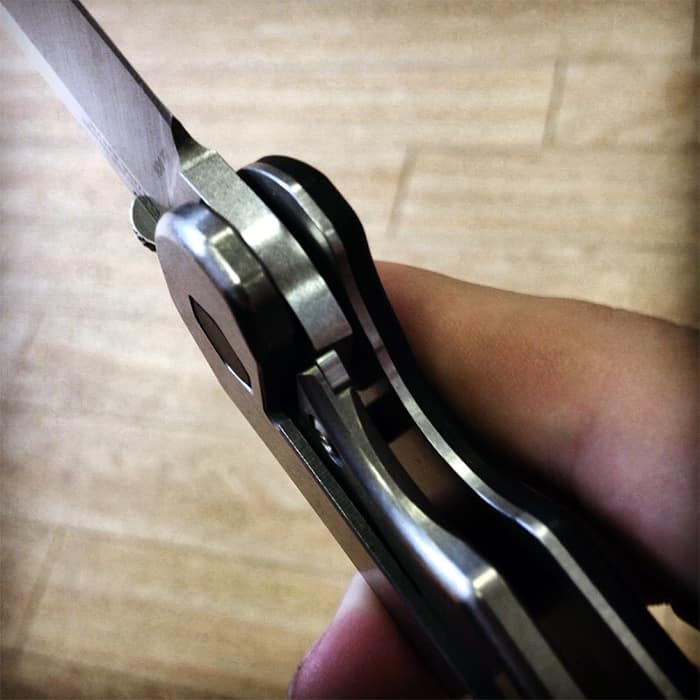
In order to close the knife, push on the locking part of the frame (the section that is behind the blade) with your thumb. Once this piece moves out of the way, you can then push the blade down into the closed position.
A liner lock is similar to a frame lock. The main difference between them is that a liner lock has an inner liner which holds the knife open, rather than a part of the frame. The mechanism is the same, though.
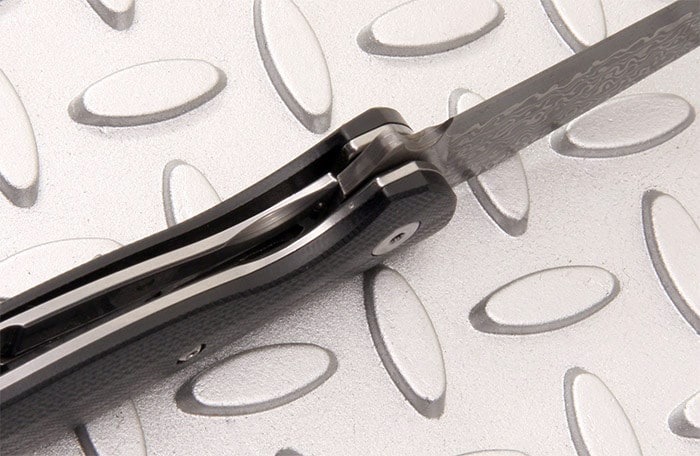
The method of closing the knife is similar as well. But this time, instead of pushing the frame aside, you will be looking for the inner liner on the bottom of the handle. There is a tab on this part of the liner, which you push aside with your thumb, towards the nearest outside scale. This frees the blade from the tang, and you can then push it down into the closed position.
A lockback knife is a little different. It features a metal spine along the top of the handle, which includes a part that fits into a notch on the back of the blade to lock the knife into place. A spring applies pressure to the spine, which keeps the spine locked into the notch and prevents the knife from closing.

To close a lockback knife, press down on the spine using a finger cut out on the top of the handle. This releases the spine from the notch and allows you to close the knife.
As you can see, knowing the way your knife locks is essential to learning how to close it. In addition, there are some general tips that you should keep in mind, regardless of which type of pocket knife you own:
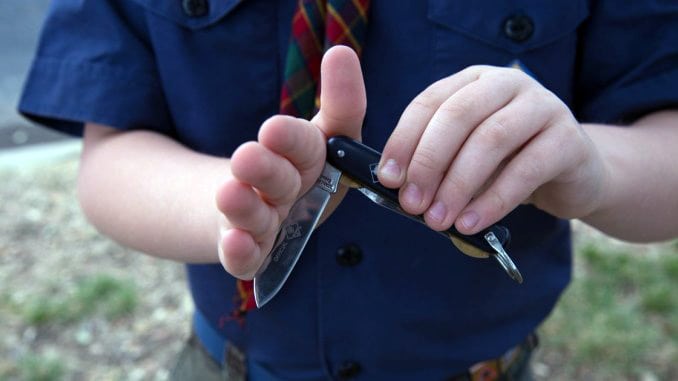
It can be frustrating to struggle with a pocket knife that is supposed to be making your life easier. This is why it’s important to know your knife, practice with it, and take good care of it, so you can eliminate that struggle.
There are many different types of pocket knives out there, but their locking mechanisms can be grouped into a few basic categories. Slip joint, frame lock, and liner lock knives are the simplest to close, with lockback knives being a bit more complex.
By following the tips above, you can effortlessly and quickly close your pocket knife, saving yourself a lot of time and drama.
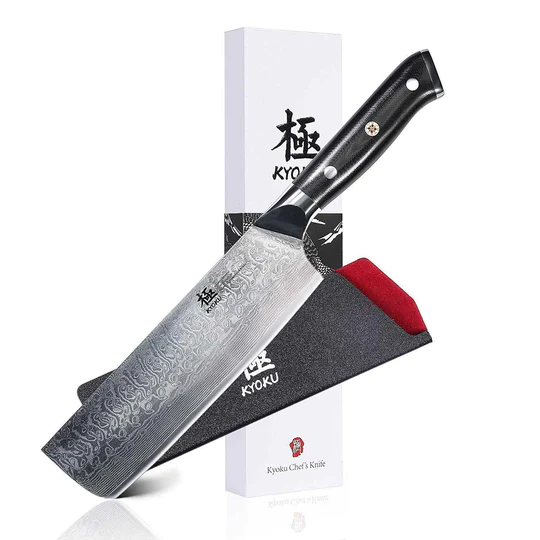
Knife Buzz offers independent product reviews on a wide range of knives used in the kitchen, home, and outdoors. We make it easy for you to find the right knife at the best price.

Knife Buzz offers independent product reviews on a wide range of knives used in the kitchen, home, outdoors and at work.
The Knife Buzz Team are passionate about reviewing knives and we cater to a targeted audience that needs independent advice before purchasing.
KnifeBuzz.com may earn affiliate commissions on some pages of this website. Knife Buzz is a participant in the Amazon Services LLC Associates Program, an affiliate advertising program designed to provide a means for sites to earn advertising fees by advertising and linking to Amazon.com. Amazon and the Amazon logo are trademarks of Amazon.com, Inc, or its affiliates. When you click links to various merchants on this site and make a purchase, this can result in this site earning a commission. Other affiliate programs and affiliations include, but are not limited to, Google AdSense.